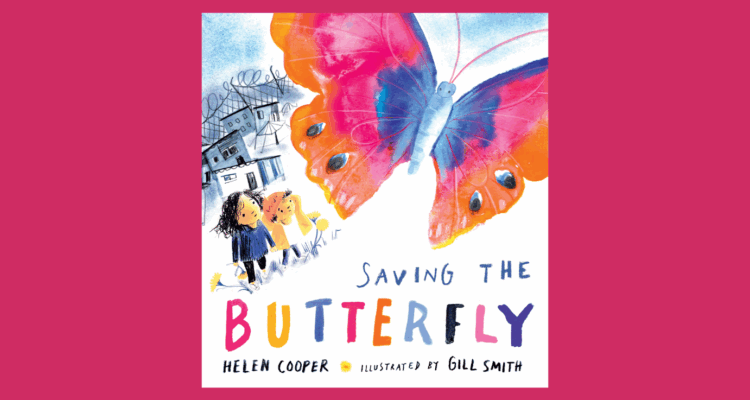Featured Poem: Making Life Worth While by George Eliot

Our first Featured Poem of October comes from a Reader favourite with George Eliot's Making Life Worth While.
Born Mary Anne Evans in 1819, George Eliot was one of the most acclaimed novelists, journalists and translators of the Victorian era. Publishing seven novels over the course of her writing career, Eliot's stories were celebrated for their realism and psychological insight, bringing provincial England to life in literature.
Eliot adopted a male pen name in order to be taken seriously and escape the prevailing stereotype of the time that women wrote only lighthearted romances. She wrote about this in a piece for the Westminster Review called Silly Novels by Lady Novelists (1856). It also served to keep her private life from public scrutiny, in particular her relationship with the married George Henry Lewes.
As a young girl Eliot was a voracious reader and showed clear signs of intelligence. Unusual for the time, her father invested in her education, though this was not purely due to her intelligence - Eliot was not considered to be physically beautiful and therefore her chances of marriage were thought to be slim. She attended a boarding school from ages five to nine but she returned home after her mother's death and from age 16 her education came primarily from exploration of the Arbury Hall library on the estate her father managed in Warwickshire.
These regular visits to the estate also gave Eliot the opportunity to see firsthand the contrast in the wealth and living conditions of the local landowner and the poorer people living on the estate which would influence much of her future writing.
A close association with a progressive, free-thinking family called the Brays opened new doors to Eliot, introducing people who held and debated radical and liberal views, including famous literary figures such as Harriet Martineau and Ralph Waldo Emerson.
Eliot had struggled with her religious beliefs for years but did not publicly give up her faith until after her father's death in 1849. She travelled to Switzerland with the Brays and decided to stay on alone in Geneva, reading extensively and enjoying the natural beauty of the area.
When she returned to England the following year it was with the intention of becoming a writer under the name Marian Evans, staying with John Chapman, who she had met through the Brays. She became assistant editor at The Westminster Review under Chapman though she is thought to have managed most of the running of the journal herself.

In 1851 Eliot met George Henry Lewes who, although married with children, was in an open marriage and moved in with Eliot in 1854. Affairs were not unusual in Victorian society but Eliot and Lewes were considered scandalous for such a public admission of their relationship. The couple considered themselves to be married, although Lewes could not secure a divorce from his first wife. They were not accepted into polite society together for many years when they were introduced to Princess Louise, daughter of Queen Victoria, in 1877.
Eliot published her first complete novel in 1859 at the age of 40, and Adam Bede was an instant success. Her earlier collection of short stories Scenes of Clerical Life had also been well received but were assumed to have been written by a country parson, but the success of Adam Bede saw much speculation about the author's real identity and Eliot stepped forward after one Joseph Liggins claimed the authorship falsely.
The truth about Eliot's private life surprised and shocked many admiring readers but did not affect her popularity as a novelist. It's said that Queen Victoria was an avid reader of Eliot's novels, adoring Adam Bede so much that she commissioned artists Edward Henry Corbould to paint scenes from the book.
George Eliot wrote several popular novels over the following 15 years, her final book Daniel Deronda was published in 1876. Two years later Lewes passed away after ill health and Eliot spent the following two years editing his final work, Life and Mind for publication.
During this time she struck up a relationship with John Cross, a Scottish commission agent, and triggered further scandal in May, 1880 when they married despite his being 20 years her junior. Although her family welcomed this new, legal relationship, it was not to be a happy ever after for Eliot. During the honeymoon in Venice Cross either jumped or fell from their hotel balcony and after the couple returned to England Eliot fell ill with a throat infection. She died shortly after on December 22 1880 at the age of 61.
Eliot's denial of Christian faith and irregular relationship with Lewes prevented her from being buried at Westminster Abbey and she was instead interred in Highgate Cemetery, reserved for religious dissenters and agnostics, in London next to Lewes. A memorial stone was established in Poet's Corner on the centenary of her death.
Making Life Worth While
Every soul that touches yours -
Be it the slightest contact -
Get there from some good;
Some little grace; one kindly thought;
One aspiration yet unfelt;
One bit of courage
For the darkening sky;
One gleam of faith
To brave the thickening ills of life;
One glimpse of brighter skies -
To make this life worthwhile
And heaven a surer heritage.
George Eliot
Share
Related Articles

Storybarn Book of the Month: Saving the Butterfly
This month, as part of Refugee Week (16-22 June), we've been taking a look back at one of our favourites…

June’s Stories and Poems
This month we are celebrating the natural world, and especially the many wonderful creatures that live within it, with June’s…

April’s Monthly Stories and Poems
Our year of Wonder with The Reader Bookshelf 2024-25 is coming to a close – though we won’t be putting…


